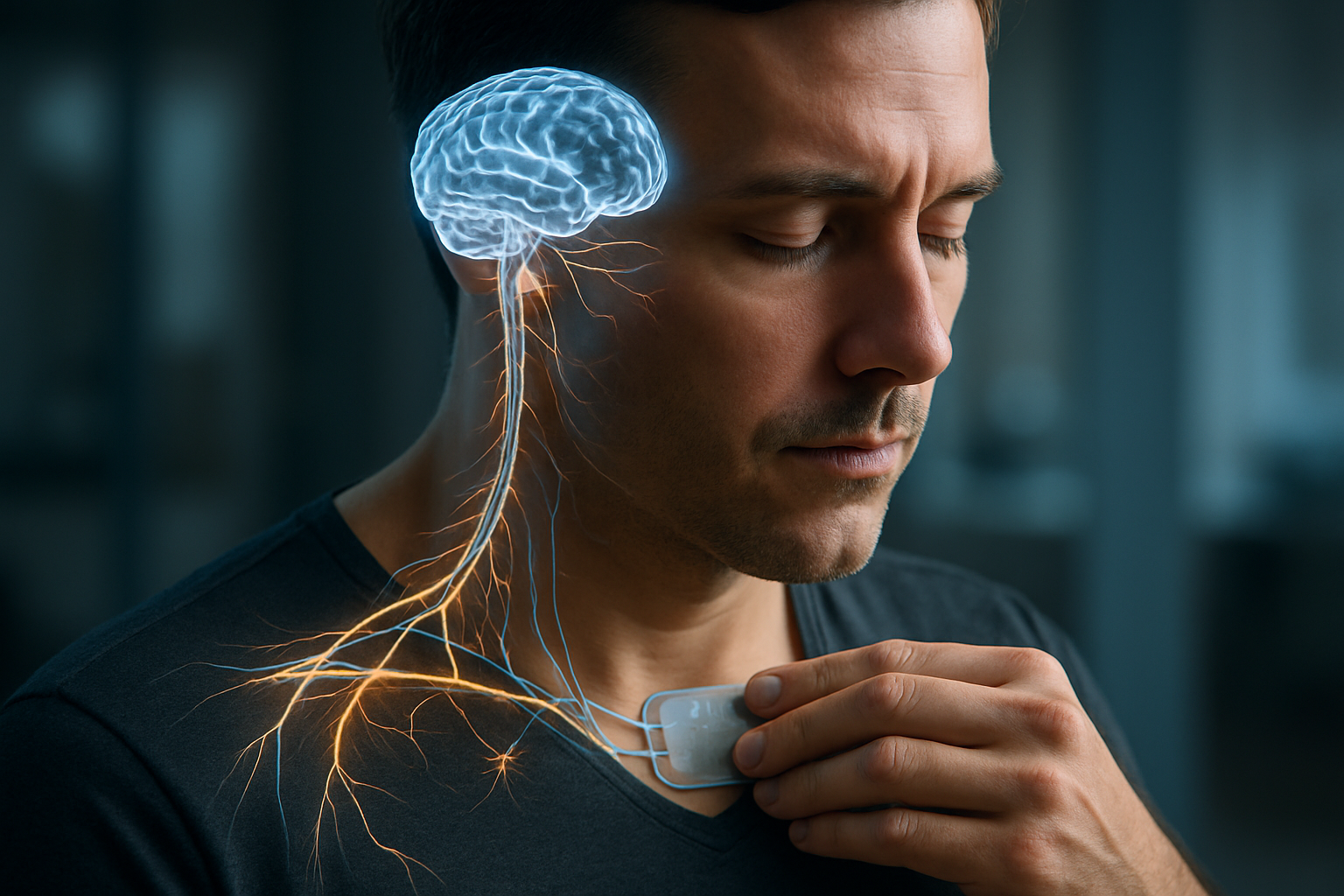Bioelectric Medicine: The Future of Personalized Healing
Can you imagine a world where your body's own electrical signals are harnessed to treat diseases and promote healing? What if tiny implantable devices could communicate with your nervous system to alleviate pain, reduce inflammation, or even stimulate tissue regeneration? Welcome to the fascinating realm of bioelectric medicine, a groundbreaking field that's revolutionizing our approach to healthcare and wellness.

The Science Behind Bioelectric Medicine
At its core, bioelectric medicine is based on the understanding that our bodies are not just chemical systems, but also electrical ones. Every cell in our body generates and responds to electrical signals, creating a complex network of bioelectrical communication. This network plays a crucial role in regulating various physiological processes, from heartbeat and muscle contraction to wound healing and immune response.
Bioelectric medicine aims to manipulate these electrical signals to restore balance and promote healing. By using advanced technologies to deliver precise electrical impulses to specific nerves or tissues, researchers and clinicians can potentially modulate the body’s natural healing mechanisms without the need for drugs or invasive surgeries.
Pioneering Technologies in Bioelectric Medicine
The field of bioelectric medicine is rapidly evolving, with several innovative technologies at the forefront:
-
Vagus Nerve Stimulation (VNS): This technique involves the use of small electrical pulses to stimulate the vagus nerve, which plays a key role in regulating various bodily functions. VNS has shown promise in treating epilepsy, depression, and inflammatory conditions.
-
Bioelectronic Implants: Tiny, implantable devices that can monitor and modulate electrical signals in specific tissues or organs. These “electroceuticals” are being developed to treat conditions such as rheumatoid arthritis, asthma, and hypertension.
-
Transcutaneous Electrical Nerve Stimulation (TENS): A non-invasive method that uses low-voltage electrical currents to relieve pain by interfering with pain signals sent to the brain.
-
Optogenetics: A technique that combines genetic engineering and light stimulation to control specific cells or neural circuits, offering potential treatments for neurological disorders.
Applications and Potential Benefits
The applications of bioelectric medicine are vast and expanding. Some of the most promising areas include:
-
Chronic Pain Management: Bioelectric therapies offer a non-addictive alternative to opioids for pain relief, potentially revolutionizing pain management.
-
Autoimmune Disorders: By modulating the immune system through electrical stimulation, bioelectric treatments could help alleviate symptoms of conditions like rheumatoid arthritis and Crohn’s disease.
-
Neurological Disorders: From Parkinson’s disease to epilepsy, bioelectric approaches show promise in treating a range of neurological conditions by targeting specific neural circuits.
-
Cardiovascular Health: Electrical stimulation of certain nerves could help regulate blood pressure and improve heart function in patients with cardiovascular diseases.
-
Tissue Regeneration: Emerging research suggests that bioelectric signals play a crucial role in tissue repair and regeneration, opening up possibilities for enhanced wound healing and organ regeneration.
Challenges and Future Directions
While the potential of bioelectric medicine is immense, several challenges need to be addressed:
-
Precision and Specificity: Developing technologies that can target specific nerves or tissues with high precision without affecting surrounding areas.
-
Long-term Effects: Understanding the long-term impact of electrical stimulation on the body’s systems and ensuring the safety of chronic use.
-
Personalization: Creating bioelectric therapies that can be tailored to individual patients’ needs and physiological responses.
-
Integration with Existing Treatments: Finding ways to effectively combine bioelectric approaches with traditional pharmacological and surgical treatments.
-
Regulatory Approval: Navigating the complex regulatory landscape for these novel therapies to ensure their safety and efficacy.
As research in bioelectric medicine advances, we can expect to see more sophisticated and personalized treatments emerging. The integration of artificial intelligence and machine learning could lead to smart bioelectric devices that adapt in real-time to a patient’s physiological state, offering truly personalized medicine.
Bioelectric Wellness: Tips and Fascinating Facts
-
Did you know that your body produces about 20 watts of bioelectric power when at rest?
-
The human brain generates enough electricity to power a small light bulb.
-
Bioelectric signals play a crucial role in embryonic development, guiding the formation of organs and limbs.
-
Regular exercise can help maintain healthy bioelectric activity in your body by improving nerve conduction and muscle function.
-
Some animals, like electric eels, have specialized organs that can generate strong electric fields for hunting and self-defense.
-
Mindfulness practices like meditation may influence your body’s bioelectric patterns, potentially promoting healing and reducing stress.
As we stand on the brink of this bioelectric revolution in medicine, the possibilities seem boundless. From alleviating chronic pain to regenerating damaged tissues, bioelectric medicine offers a glimpse into a future where healing is precise, personalized, and minimally invasive. As research progresses and technologies advance, we may soon see a paradigm shift in healthcare, where tapping into our body’s innate electrical systems becomes a cornerstone of treatment and wellness. The journey towards this bioelectric future is just beginning, and it promises to transform the way we think about health, healing, and the incredible potential of the human body.





